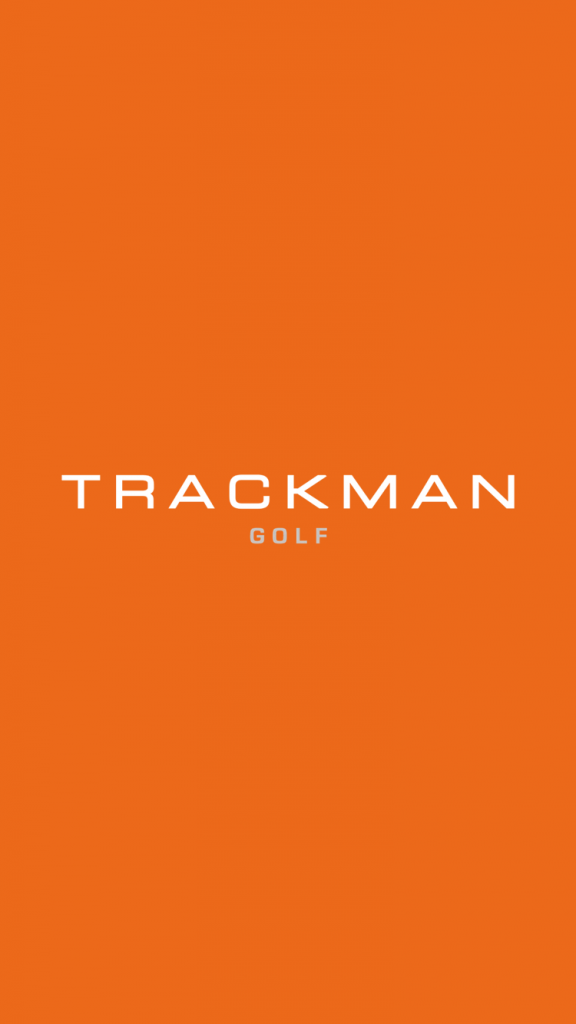Getting the Most Out of your Golf Swing
Up until now we have explored some of the key ‘need to know’ factors at impact. We’ve looked at the relationship between the club path and the club face and how it influences the start direction and curvature of the golf ball. We then explored the idea of gear effect, which began to highlight the importance of our strike location. This week we’re going to continue on that track just a little longer and talk about Smash Factor! What is it and how can it help us uncover our potential!
What is Smash Factor?
Smash Factor is one of the most important metrics I look at during an initial player assessment when looking at their ball striking efficiency. The technical definition for it is ‘The ratio between Ball Speed and Clubhead Speed’. Essentially it lets me know how effective the player is at transferring the energy they are producing during their swing into the golf ball. For the calculation we need the club head speed and the ball speed. For example, if a player is swinging at 100mph and their ball speed was 135mph, the Smash Factor would read as 1.35 on my Trackman launch monitor.
Average Smash Factor on the PGA Tour with Driver is 1.48
So how can it help?
Not every player, but some players when coming for a lesson are looking for that extra distance off the tee. Let’s admit it- who doesn’t want to hit it further?! Identifying the Smash Factor is a great starting point to begin that journey. Let me explain…
Let’s get some benchmarks for what a good smash factor is first. Ideally, I am looking for a player to produce a 1.50 Smash Factor with their driver. This means the ball speed should be one and a half times faster than their club head speed. If I notice the ball speed is not matching this calculation- generally that’s very good news for the player. I say this because it means there is distance left in the tank that can be gained! YES!
The identification however is the easy part, identifying the issue not so much! There are several factors that go into the formula of a 1.50 driver Smash Factor, taking the time to pinpoint the power leak though is always 100% worth it! Lets look at some of the ingredients needed.
Strike
We covered what the sweet spot is and the importance of it in last weeks article! The strike plays a huge role in accuracy due to the gear effect, but also plays a big part in distance too. When our impact doesn’t align up with the COG of the club face the energy transfer is greatly affected, we will see a loss in ball speed and therefore- Smash Factor will be reduced.
Path and Face Relationship
We covered the importance of the path and face relationship in ‘The Science of Ball Flight’ article. You can do a quick summary here if needed! We highlighted mostly the importance of launch direction and curvature, but this relationship plays a huge part in distance too! If the difference between the path and face is very large it hinders the energy transfer into the ball. For example if a players path is 8 degrees out to in and the club face is 3 degrees open, the energy transfer will be greatly reduced. Ball speed will be reduced and therefore the Smash Factor will read below 1.50.
Angle of Attack (AOA)
We haven’t covered this impact factor in any articles just yet (I think its lined up for next week!) I’ll provide a brief intro here. Angle of Attack is the up or down movement of the club at maximum compression. It can be positive (Club head travelling up) or Negative (Club head Travelling down). Ideally, we want a positive angle of attack to produce optimal launch conditions and energy transfer with the driver. If I uncover an AOA that’s out of range it can produce poor launch and spin rates which will intern effect ball speed!
Equipment
It isn’t always the case but sometimes equipment can be the one held responsible for that low Smash Factor! We will dive more into equipment in upcoming articles but length of shaft, total weight and amount of loft can all either hinder or help us when looking for those extra yards!
Quality over Quantity
You may have noticed that up until now we haven’t spoken about club head speed or swinging faster to produce more ball speed. Rather, we’ve been highlighting the importance of being efficient with the speed we already have. I think if you take anything away from today this is it! More speed is of course always better- but the delivery of that speed must be efficiently transferred into the ball to reap any of the benefits. Which takes us into the final question.
What if my Smash Factor is good and I’m still not getting the distance I want?
I mentioned earlier that a low smash factor reading is generally good news for a player as it means untapped potential is just around the corner. For the player already getting all the ball speed possible the journey may not be as easy- More Club head speed is the answer here! But that is for another day!
Lets Recap
A Trackman Smash Factor reading will identify whether you are transferring your energy into the ball efficiently.
With the driver we are looking for 1.50 Smash. This is a ball speed which is one and a half times faster than your club head speed.
If your Smash Factor is reading below that benchmark- Great news! More distance is remarkably close by!
You will need to identify Strike, Club path and face relationship, Angle of Attack and potentially equipment to uncover the power leak.
All possible during your Trackman Session!

